Jahangir Khan, the legendary Pakistani squash player, has put his money into this one sport. And no, it is not squash. It is not cricket either. Instead, as soon as one steps through the gates of Legends Arena, a commercial sports facility in Karachi, they are immediately greeted by an unusual court, encased in transparent walls and a bright blue floor. Inside the see-through enclosure, players of different skill levels and ages manoeuvre in an almost choreographed manner, eyes rapidly following the movement of a yellow bouncy tennis ball, while the squeaking of sneakers resounds through the glass walls. At first glance, one would assume it is a doubles game of tennis, only to realise the court is less than half the size of a tennis court, and the rackets look more like enlarged table tennis bats.
So, what is this new game, and why does it have sports enthusiasts so addicted to it? Welcome to the world of padel tennis. It stands as the world’s fastest-growing sport, with over 25 million players as of 2023, across 110 countries. And by some estimations, it will in time overtake all sports other than football.
And that includes Pakistan. The country has all but one sport that is played seriously here as of today. But could a sport like padel challenge cricket’s monopoly? The Legends Arena, where padel is offered, has only been operational since August 2023, but enthusiasm for the game has surged since then. Its chief executive officer (CEO), Talal Shah Khan, can’t help but be optimistic: “I think padel is going to blow out of proportion. I foresee, in the next two years, we should be having about 50 to 60 courts in the city. It might be crossing the 100 mark in the country in the next few years.”
Could he be right? Profit explores.
What is padel?
First, the basics: how does one play the game? Padel is a modern four-player racket sport, essentially a fusion of tennis and squash. It originated in the mid-1900s, specifically in Mexico in 1969. It then went to Argentina, and eventually established its central hub in Spain around 1974. In that country, it is the most popular sport after football.
Padel courts are enclosed and about one-third the size of a tennis court, with walls surrounding the playing area. It is typically played in doubles, with two players on each team, making it a four person game.

Padel follows the principles of tennis scoring, but the ball can be played off the walls, adding an extra layer of strategy. The game begins with an underhand serve, which is considerably easier than squash and tennis serves. The ball must bounce once on the ground before players can volley it off the walls. The duration of a match can vary depending on playing style and format, but a standard padel match can last between one to two hours.
So, how did it get so popular? First, padel is a community sport, played by teams of two. The game’s ‘social’ aspect makes it different from a game like tennis, as friends and family can also join along to play. Particularly after the Covid-19 pandemic that isolated the world, people have naturally gravitated towards a more inclusive sport.
Second, the barrier to entry skill-wise is much lower than, say, a sport like squash. People from various age groups and skill levels can play padel, which contributes to its widespread appeal. Khan agrees, saying the sport is easier to pick up than both tennis and squash.
Nameer Shamsi, the head coach for padel at Legends Arena (and who also runs the Shamsi Tennis Academy Karachi) said, “The adrenaline rush from padel is way better than the one you get from playing tennis. It is a community sport, so the social aspect of it adds to its addictive nature.”
Where is it played?
It is Legends Arena that first brought commercial padel to Pakistan when it opened in August 2023. The stadium’s parent company is Total Sport, backed by a sports construction company called TS Builders, which started in 1983. Total Sport is essentially a sports facility management company that was formed after a partnership between squash legend Jahangir Khan, who currently serves as the chairman of Total Sport, and Talal Shah Khan, who is not only the CEO of Legends Arena, but also serving as the CEO of Total Sport and TS Builders.
 It was Talal Khan who first discovered padel five years ago while picking up the sport in Dubai. “As a lifelong tennis player, I found padel to be a sport that one can grasp within 10 minutes of playing,” he said. “The idea to introduce padel to Legends Arena stemmed from its success in Dubai, where it gained immense popularity. In the UAE, it has seen significant growth, with Dubai alone producing around 100 courts a month. The ruler of the UAE’s enthusiasm for padel led to its inclusion in certain high-end hotel facilities, both outdoor and indoor, making it a hybrid of squash and tennis.”
It was Talal Khan who first discovered padel five years ago while picking up the sport in Dubai. “As a lifelong tennis player, I found padel to be a sport that one can grasp within 10 minutes of playing,” he said. “The idea to introduce padel to Legends Arena stemmed from its success in Dubai, where it gained immense popularity. In the UAE, it has seen significant growth, with Dubai alone producing around 100 courts a month. The ruler of the UAE’s enthusiasm for padel led to its inclusion in certain high-end hotel facilities, both outdoor and indoor, making it a hybrid of squash and tennis.”
Khan thought, well, if it’s good enough for Dubai, it should be good enough for Karachi. TS Builders was already on a mission to create an international standard sporting facility in Pakistan, and had been mulling over the idea for at least four years.
“Finally, we decided to go for it,” said Yousuf Ghaznavi, the chief marketing officer of Legends.“We chose a piece of land that had been barren for over 20 years – it used to be a hockey stadium, but it was mostly unused, only occasionally for carnivals or weddings.”
That would be the previous hockey stadium located in the centre of Khadda Market, a commercial area located in DHA, Karachi. To be clear, padel is just one feature offered at the arena. Currently, the venue has four football fields, two indoor cricket fields, a multi-functional field for volleyball, a 330 metre jogging track, and a 100 metre sprint track.

But introducing padel to a wider audience was always at the forefront of the company. Even though there were a few residential padel courts installed in Pakistan, there were still no commercial courts that could be accessed by everyone.
“Initially the idea was to have about four padel courts but since we were coming to the market for the first time, we started with two,” said Khan. The arena now has four padel courts, a fifth one being currently erected. The Padel Academy runs between 7am to 10am every morning, where players can learn the sport, and has at least two to three sessions booked per day.
And the craze is spreading. In Karachi, another recreational and sports complex called Arena (no connection to Legends Arena), located in the heart of the city on Karsaz, has also opened one padel court. The Arena caters to a slightly less sporty and more leisurely demographic, offering a bowling alley and a ice skating rink – so for the complex to also introduce a padel court speaks volumes to what they think is a value-add.
After being introduced in Karachi first, padel is now coming to other cities of Pakistan. Club Padel, located in Goldcrest Mall, DHA, Lahore has opened its doors just last week.
Like Khan, Haider Muzaffar, the founder of Club Padel, picked up the sport while in Dubai. He said, “I started playing padel in Dubai towards the tail end of the pandemic and the idea to bring it to Pakistan came from there. I was running a cricket team by the name of Punjabi Legends in Dubai but I do not have any other sports background.”
Club Padel, which is open to family and friends currently, hosts two padel courts, with another one being installed soon. Muzzafer told Profit that Club Padel is expected to expand to Islamabad soon.
The cost of padel
Padel, to be clear, is an inherently expensive sport internationally. Both the initial investment to create a padel court is high, and the equipment required for the post is also somewhat expensive. This in turn increases the cost of booking a slot to play padel, globally.
According to Khan, it takes up to Rs 15 million to build a padel court that meets international standards. Even if one were to source materials locally and build a ‘subpar’ court, it would still cost up to Rs 10 million.
“The turf is perhaps the most expensive part of installing a padel court, compromising on which may affect not only the overall experience but also hurt the volume of bookings. The turf and glass, respectively cost one third of the overall cost of installation, amounting up to over Rs 3.3 million each. The remaining Rs 3.3 million would cover the fencing and lighting of the court,” explained Khan.
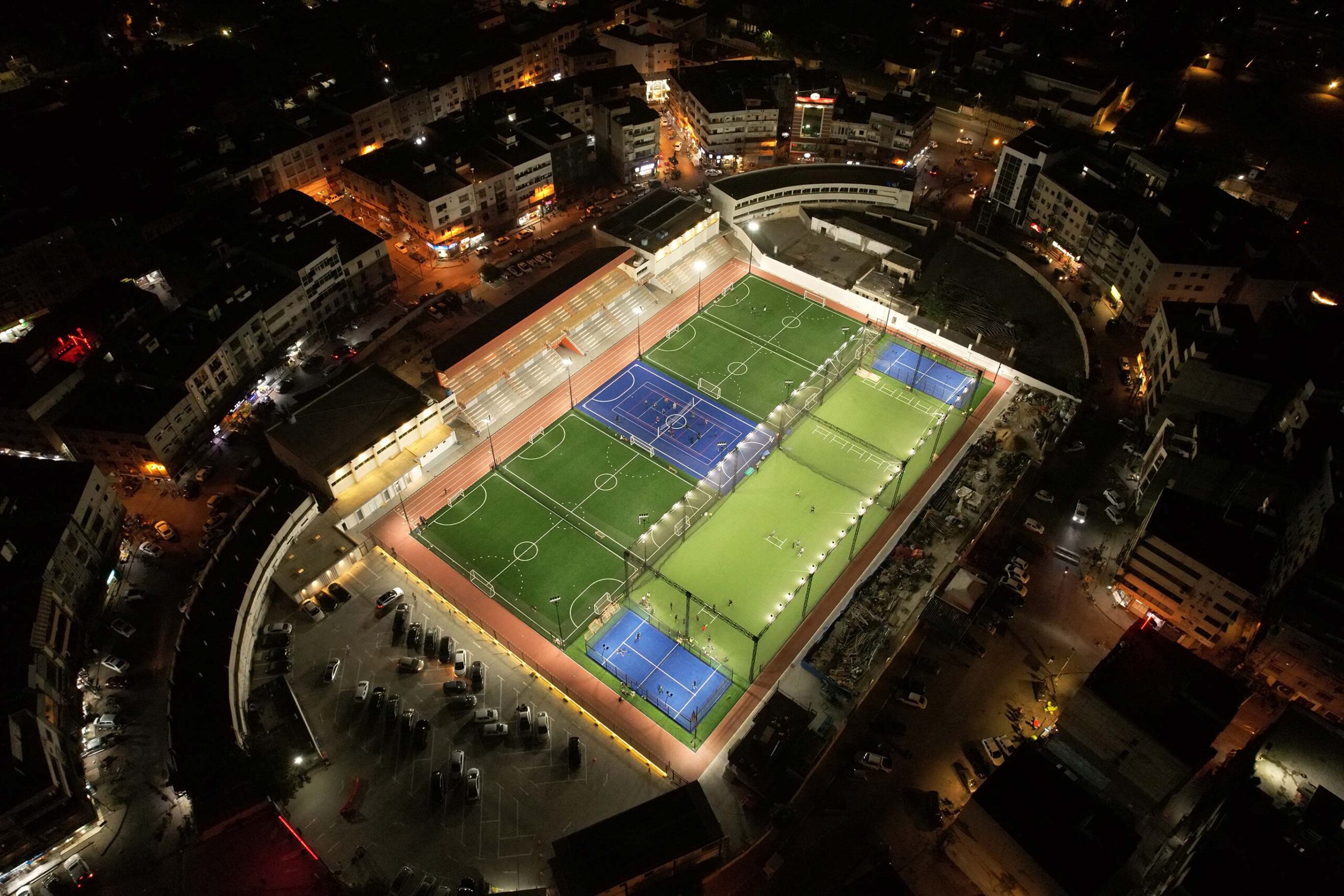
The equipment also adds up. An average padel racket costs around Rs 30,000. Meanwhile, the padel balls are imported from Dubai – a pack of three costs Rs 4000. Rackets often break or crack during use, contributing to additional costs; padel balls only maintain an optimal performance for about six sets or four hours of gameplay. So, padel is expensive because its gear is expensive.
Khan says that one pays over AED 200, or roughly Rs 15,000, for an hour-long slot in Dubai. Even if the supply of padel courts in Pakistan was to match its demand, the price would be close to Rs 5000 per hour. At Legends Arena, padel is currently priced at Rs 7000 per hour which comes to about Rs 1700 per head for an hour-long slot – which is still on the slightly expensive side by Pakistani standards.
Khan says that they strive to make it affordable. “Our focus on manufacturing padel courts locally helps control costs, contributing to the affordability goal,” he said.
The company’s management has a few strategies up its sleeve to mitigate costs. First, it has focused on manufacturing padel courts locally in an effort to reduce costs from the onset. Then, the company partnered with the Spanish padel brand, Nox, in an effort to stop importing padel balls from Dubai. “With Nox, this cost [of padel equipment] will be reduced by 50%, ensuring durability and performance,” Khan explained.
Perhaps the most important feature that Legends has incorporated is eliminating the need for memberships. In the city, most people who want to play team sports have to sign up to be a member of a club, where fees can be anywhere from Rs 2 million to 10 million. Exclusive clubs like Karachi Gymkhana charge up to 1 crore for a membership, making it a significant financial commitment. Additionally, existing club members often face challenges when inviting guests.
Instead, Legends Arena is entirely membership free, and offers a pay-per-hour model. Its system allows users to book hourly slots, from a minimum of one hour to a full day. It is this ease of access which company management believes will fuel interest, even if the sport is inherently pricey.
“For those without club memberships, it’s a hassle to take on a new activity like this because there are member timings, accessibility issues, etc. Here you just have to book a slot, come and play,” said Shamsi. “So it’s expensive, yes but the cost also gets split between four people, which makes it Rs 1500 to Rs 2000 per person, but not as much as go-karting.” Besides, according to Shamsi, the price is worth it for the people who have never seen a facility like this before.
The response to padel
So, have Pakistanis caught on to padel? To get a sense of the sport’s popularity, one can look at the numbers. The average footfall at Legends is around 500-800 people a day, with the number increasing on weekends. Padel’s popularity in Pakistan is evident through events like tournaments.
According to Khan, “The response has been overwhelming, with team slots for tournaments filling up within minutes of announcements. For instance, a recent tournament garnered entries from 48 teams within 30 minutes. Another upcoming tournament has already closed one category, with high demand for women’s categories as well,”
Ghaznavi pointed out that of the three currently functional padel courts at Legends, each one is booked for a minimum of six hours everyday, so a total of at least 18 hours a day. Each court has four people playing at once, so at any given time the total number of padel players at legends is 12 people. This means that out of the 500-800 people visiting Legends Arena everyday, at least 70-100 people are there to play padel.
The padel courts at the stadium are functional 22 hours a day. “So we start at 7 am, we close at 5 am the next day and we resume after two hours. On the weekends it’s sometimes 24 hours as well,” added Khan. Clearly, the demand for padel, at least for those who have discovered it in Karachi, is massive.
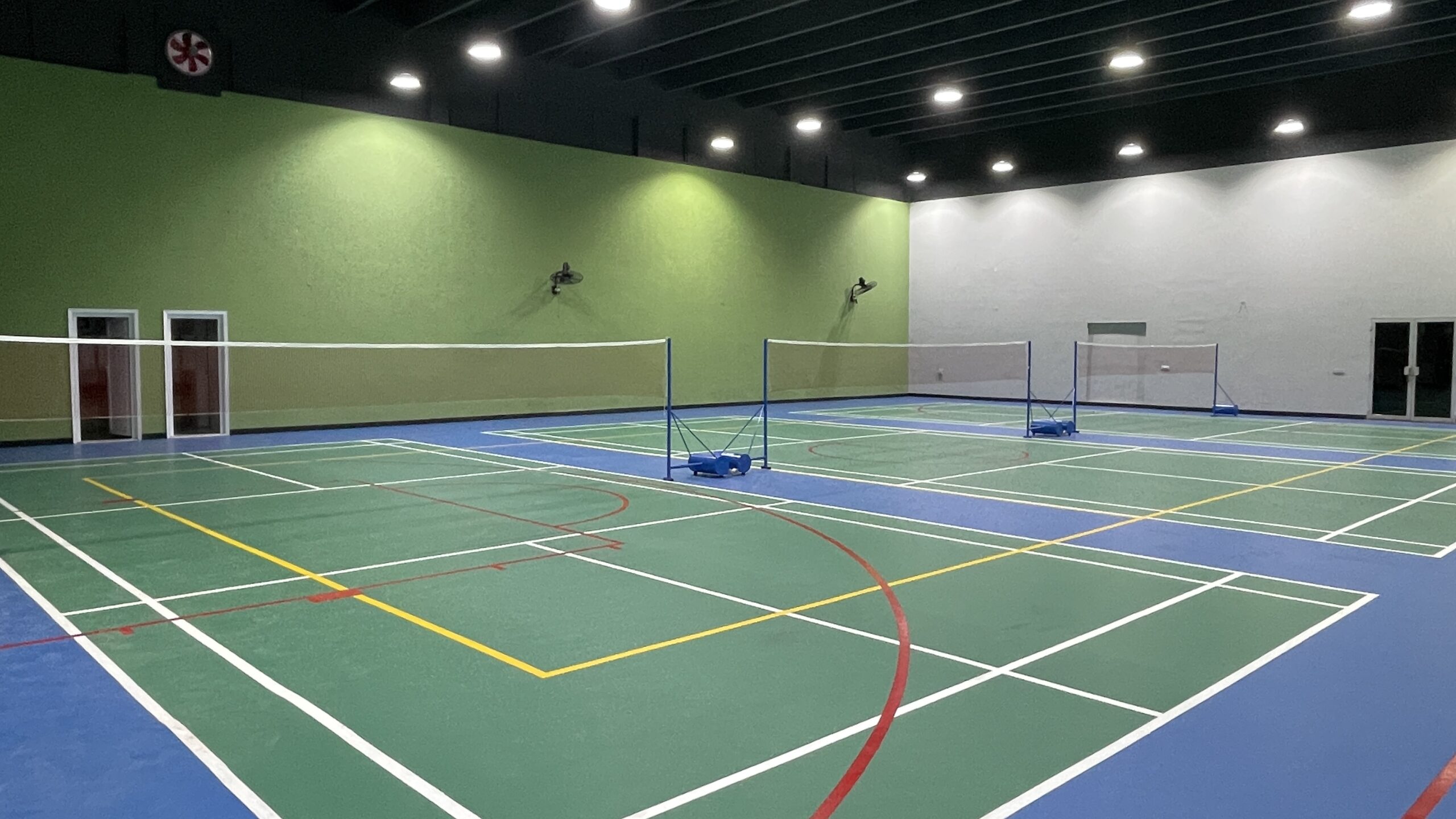
Shamsi added, “Because tennis and squash are already quite popular sports, padel is like a shashka but at the same time the craze for it is intense because it’s also doubles, with four people playing at once, making it a social sport. So, it will keep picking.”
“It is also quite feasible because in the space of one tennis court you can have two padel courts. If you take the example of go-karting, it won’t be as accessible as padel is because you have to drive all the way to the end of Korangi, so you will do it once or twice and then give up because of not just how expensive it is but also comes with several logistical challenges,” Shamsi said, concluding his point.
Players of padel
Profit spoke to some frequent padel players at the Legends Arena, in hopes to unpack the sentiments that make these people return to play.
Mustafa, a regular at Legends, told Profit, “I learnt about padel through a friend, who has been coming to Legends to play padel since the stadium opened back in August 2023. It started from a small group of two to three players, but has now grown to a 35-member Whatsapp group chat, where we coordinate days and decide how many slots to book.” continuing to share, “I have been a squash, table tennis and tennis player since childhood, so a new racket sport was quite intriguing.”
Mustafa added that the appeal of padel and its instant addiction comes from its easy nature, whereby it is quite beginner-friendly. “There are more courts coming, I know there is one in Rahat being built, along with others at Zamzama and Gymkhana. Some others are partnering with universities to build courts, so by next December you can expect 30 to 40 padel courts in Karachi. It’s like hotpot and chai dhabas, once the idea is proven as a success, many others start jumping on the bandwagon,” Mustafa shared, highlighting that padel is already growing and on the track to become mainstream soon.
Muzaffar believes that padel has the potential to be even bigger than squash, considering the growing fad for racket sports. “Anything that makes money, invites investment and padel has the potential to reach the level of cricket.” He gave the example of a market similar to Pakistan’s, “Egypt has a similar economy to ours and there has been an influx of padel courts there, to the point that you don’t have to travel too far from your neighbourhood to find a court.”
Profit caught Abdul Moiz Jafferi, litigation lawyer and an avid enjoyer of padel, right before his padel match at Legends. He shared, “Tennis is a game where you can take as many lessons as you may but the moment you step into the court and start playing it, you realise how bad a player you are. The service takes a phenomenal amount of skill, to keep a rally going takes great skill too, so people tend to get discouraged.”
Jafferi first heard about padel from his brother in law, and played it in Dubai. “I played padel the first time and I was hooked because there is a low barrier to entry and I realised you can hold your own quite quickly, unlike tennis. Moreover, it is a social sport with four, sometimes eight people playing in teams that are rotating and it is also familiar given that it’s a racket sport, so it was a very easy hook for me,” Jafferi elucidated.
Lastly, Jafferi added, “There are two stats that always wow me about padel. First, it is the fastest growing sport in the world at the moment. But the biggest stat for me is that all expert opinion holds that padel will stop at being the second most popular sport in the world after football. Not regionally, but globally padel is expected to beat all other mainstream sports, with the exception of football.”
A padel player at Legends told Profit that his kids come to the stadium for football training, while he and his wife play padel and some of his friends use the track at Legends for running, making it a social affair. He noted that the best thing about visiting the stadium is that it feels like Ramadan all year round because people only tend to get active and pick up evening activities during the month of Ramadan.
But does padel have the potential to become a mainstream sport in Pakistan?
Any discussion about padel’s popularity will have to inevitably call into question its price to play. Sports like cricket or football can be played in your home, or in the streets, with minimal and inexpensive gear. Not so for sports like padel. Even Ghaznavi agreed with the notion that the niche for padel – at the moment – is similar to that of pilates i.e. it is a cool new activity that people spend lots of money on. But because it is so addictive, it is becoming a growing hobby among certain affluent social classes. Still that may mean that padel will remain exclusively popular in that class alone, and would be largely inaccessible for any other classes.
Still, there is some silver lining. Remember that there are very few courts that exist in Karachi at the moment. But as the number of padel courts in the country increases, the game might become slightly more affordable. That’s because the price of playing padel is expected to go down as the supply starts meeting the demand.
When asked if padel will become more affordable, Khan said, “It would. It would,” twice to emphasise his point. He added, “Because right now, there’s a very limited number of courts—actually, there are no courts.”
This is expected to change. The company said that they are exploring the idea of creating dedicated padel centres in multiple locations, envisioning the Legends Padel Edition, which as the name suggests would be a facility specifically designed for playing padel, with 25 to 30 courts across various cities in the next one or two years.
All other racket sports have a setup and a federation. Despite it being less than a year for padel to be introduced in Pakistan, the popularity of the sport is evident in the fact that there are already discussions of making a Padel Federation in the country, which is likely to take it beyond just being a commercial sport.
Ghaznavi is optimistic, noting that the two most utilised facilities at the Legends Arena are padel and cricket. That in itself says something, as cricket is perhaps Pakistan’s national obsession. If the demand for padel at Legends is similar to that of cricket, then it is safe to say that it might be becoming a fast growing sport in Pakistan after all.








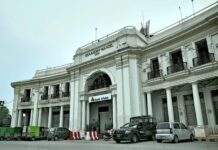
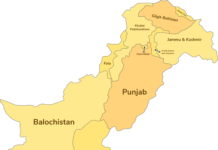










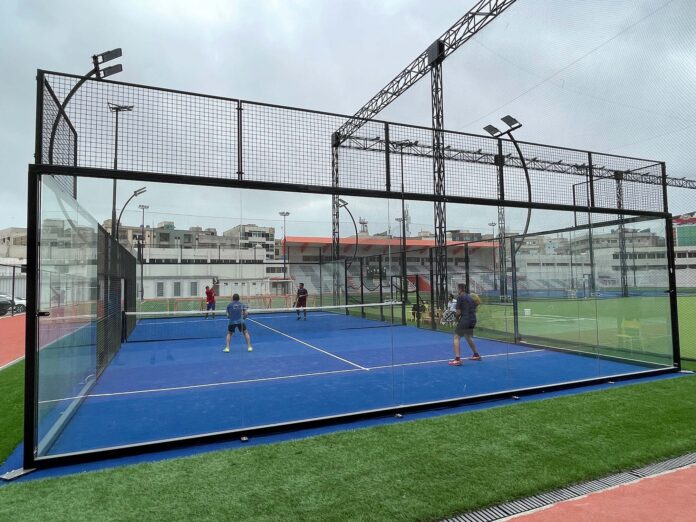





If it is the fastest growing sport in Pakistan (or the world) then it is just because of the base effect. There must be all of 500 regular players in Karachi who are playing repeatedly at Legends and JKC. Extrapolate that to other major cities of Pakistan and there aren’t all that many people playing the sport. Cricket and football are light years ahead. The sport has piqued the interest of the upper class and the most positive outcome is that women are playing the sport. But there are hardly any youngsters playing the game and that is what sustains the growth of any sport. Case in point is the growth of football over the last 20 years. Add in the cost of playing in the evening at 1600-2000 an hour this cannot be a mainstream sport in Pakistan.
Kudos to Legends Arena though for building an excellent facility which has drawn a lot of people in to playing sport especially women.
If you’re interested in having a guest blog poster please reply and let me know. I will provide unique content for your webstie, thanks.
Nicely I undoubtedly enjoyed reading through this. This particular tip provided by a person is actually very useful with regard to correct preparing.
Explore the luxury of 2-carat diamonds, a choice that embodies opulence and timeless elegance.
Quickly your website can irrefutably acquire well known being among the most regarding submitting buyers, due to its thorough content articles or simply just essential critiques.
Padel combines elements of tennis, squash and badminton. Players use shots similar to tennis, such as volleys, smashes and slices, but must also be able to play balls that bounce off walls.
Online gaming can help improve players’ mental health by reducing stress, anxiety, and depression. It can also help improve players’ self-esteem and confidence.
This really is also an incredible document when i sincerely preferred thinking about. It truly is certainly not everyday when i secure the chances to examine some thing.
Cool sites… […]we came across a cool site that you might enjoy. Take a look if you want[…]……
Yes you are right and its a great thing.